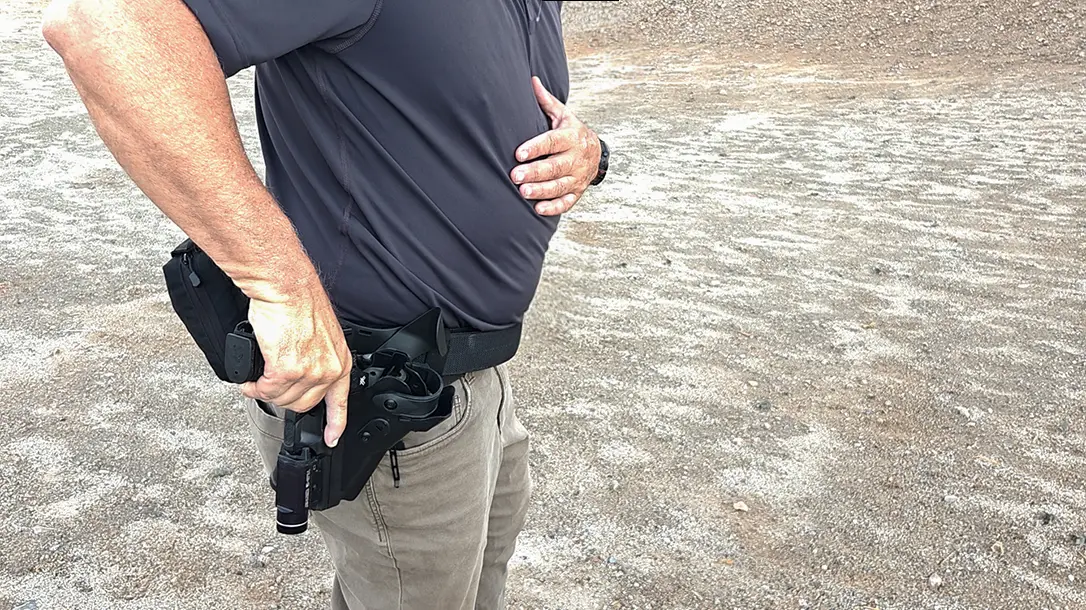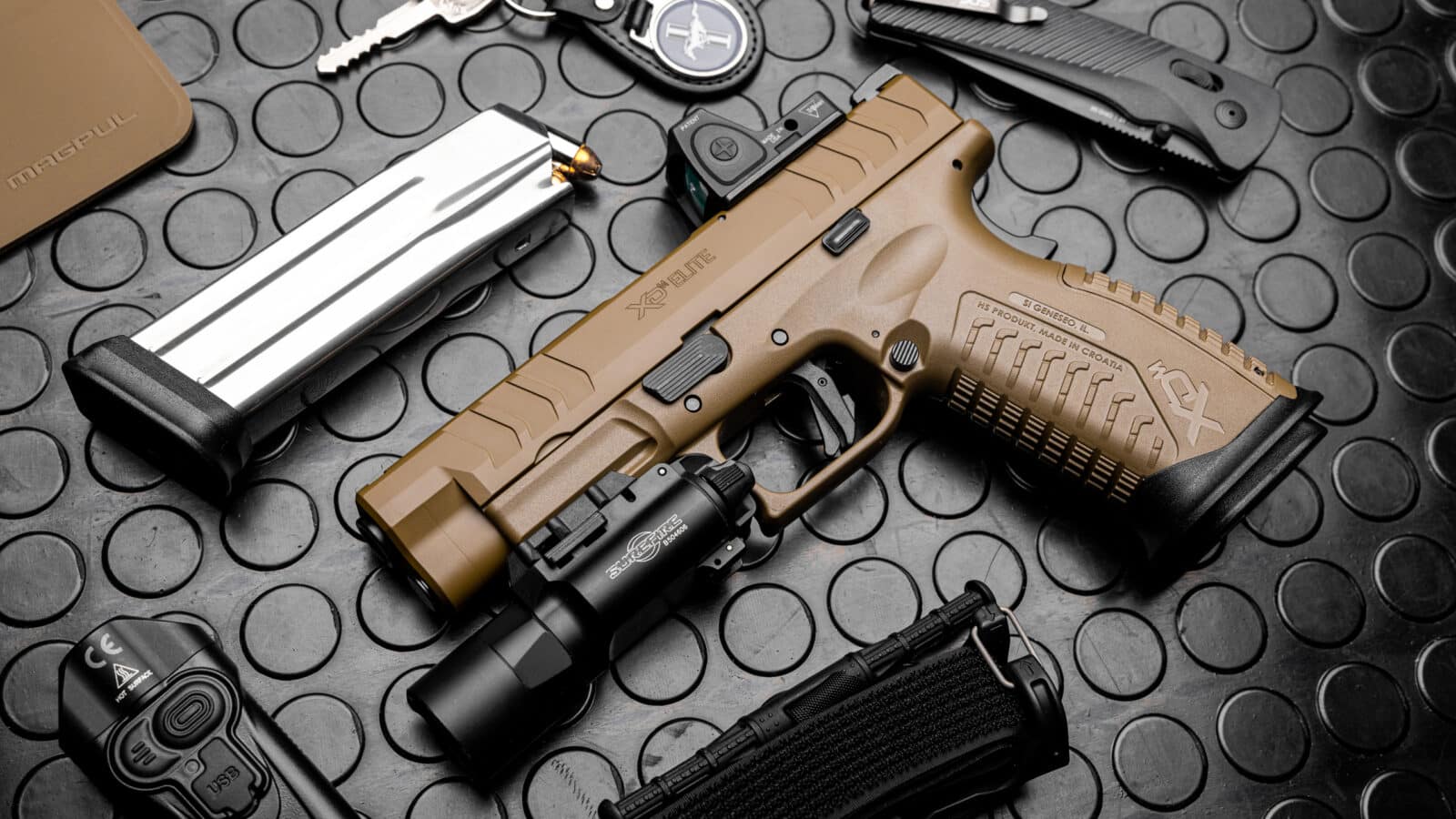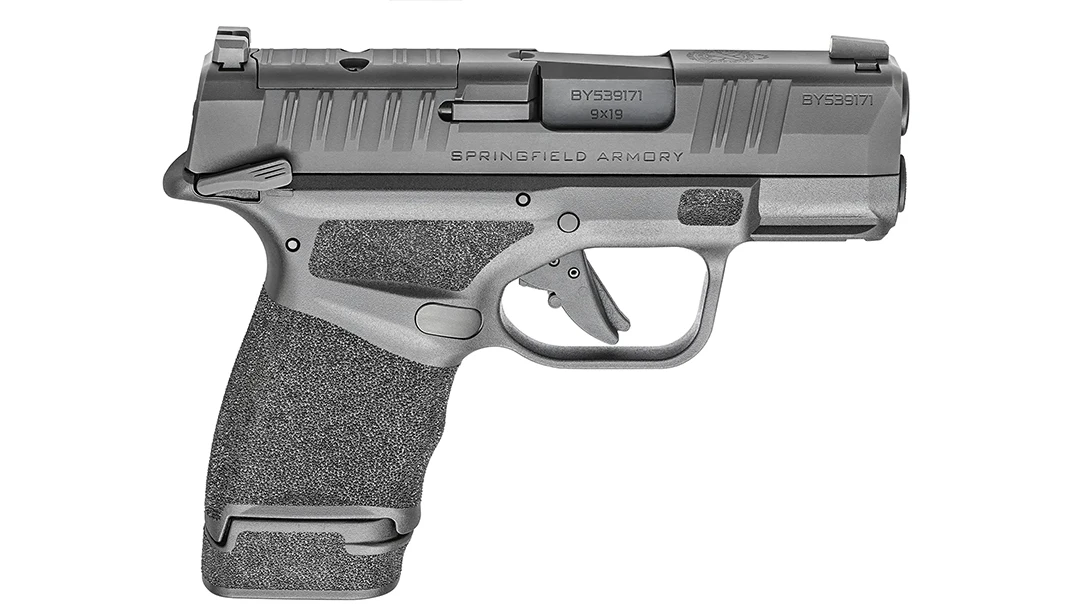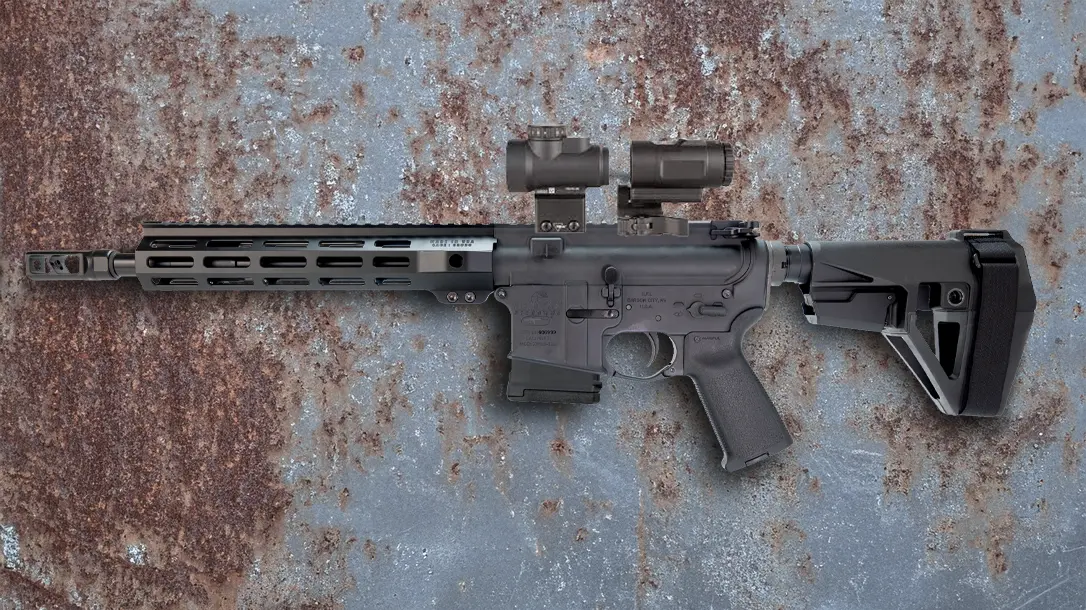Is Corrosive Ammo Bad (or Actually Okay)?
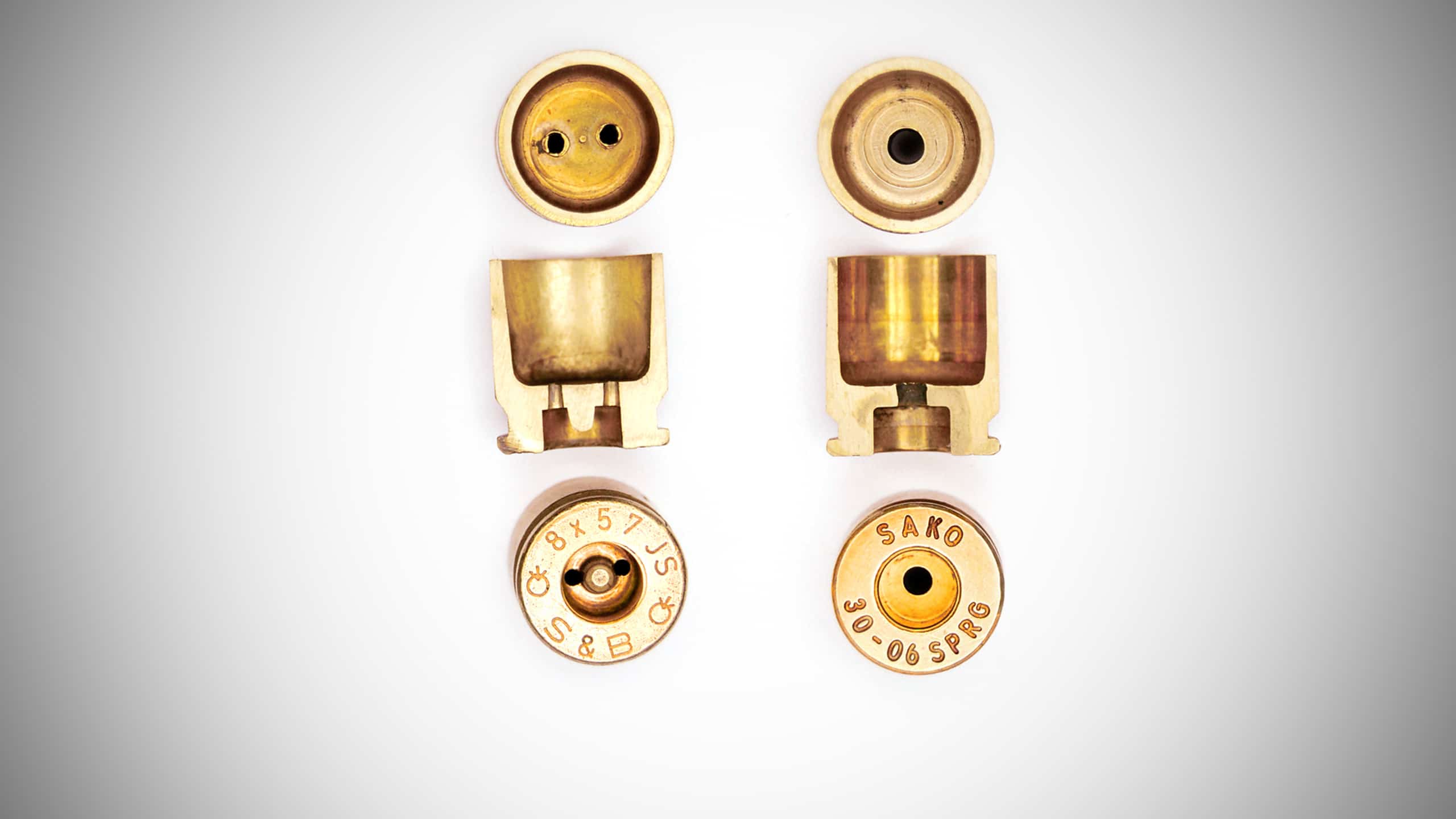
Let’s talk about ammo, shall we? The term “corrosive ammo” will cause many shooters to cringe at the thought of using it, believing that it will eat the blue off their firearm before leaving the range. While it’s not quite that bad, you’ll need a little information to understand the difference between corrosive and non-corrosive ammo.
Let’s review the identification and effects, as well as the pros and cons of corrosive and non-corrosive ammunition on your firearm.
All About the Primer
While the ammunition propellant itself is not likely corrosive, certain types of primers are. Berdan primers are corrosive because they contain salts such as potassium chlorate or sodium perchlorate. When this type of primer is ignited, it leaves a residue of corrosive salts in the bore and chamber.
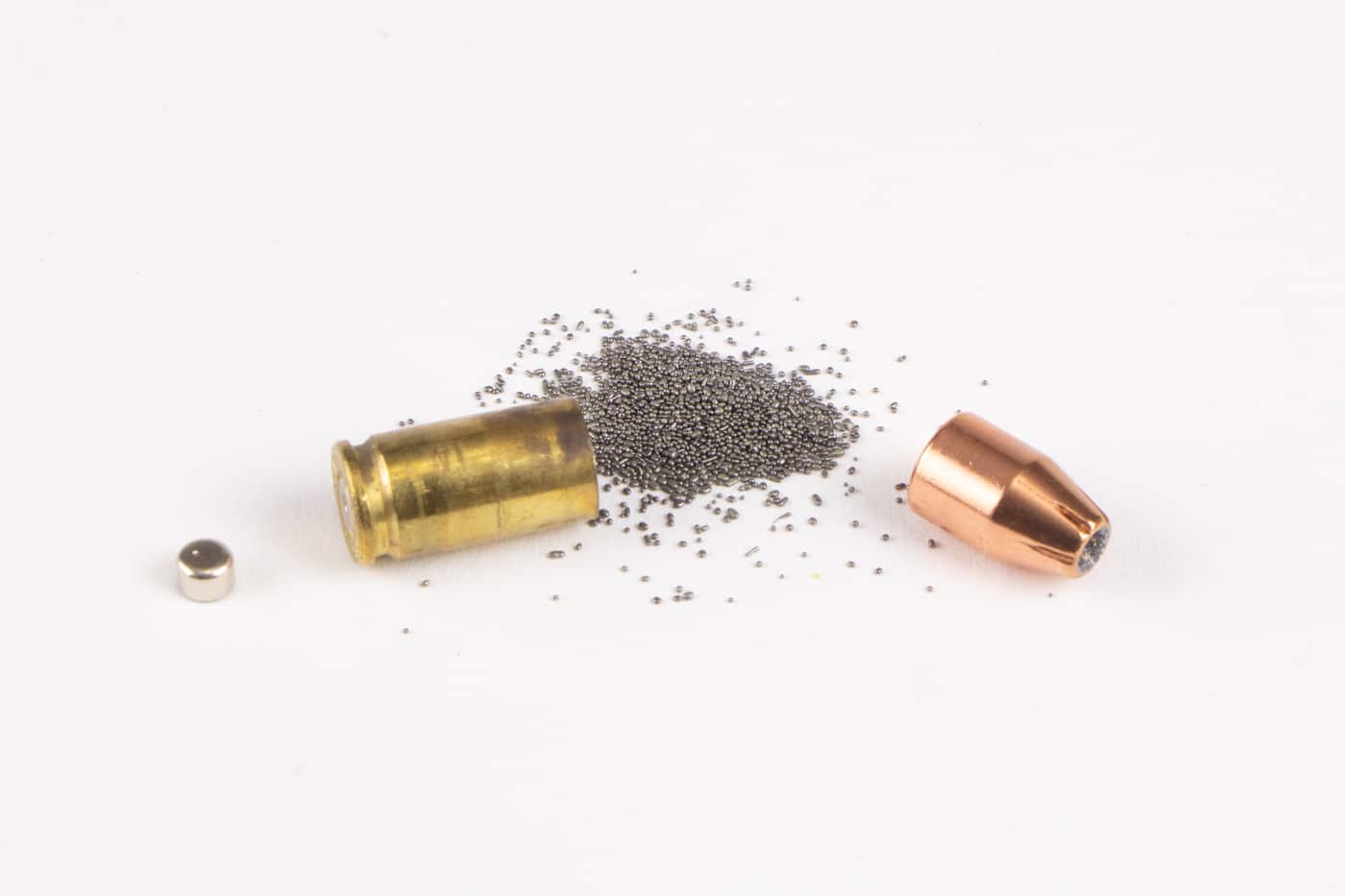
While these salts are not corrosive by themselves, they will attract water from the humidity in the air, which can — actually, will — cause rust and damage your firearm if left uncleaned. It may also lead to safety issues over time, as the corrosion can weaken the firearm’s structural integrity. This may cause malfunctions or even a catastrophic failure.
How Did We Get Here?
Around 1810, Swiss gunsmith Jean Pauley invented the first centerfire cartridge, which utilized a percussion cap containing mercury fulminate as the ignition compound. While this compound is excellent for use with black powder, it proved to be less promising for smokeless powder, as the mercury began to decompose over time. In order to improve the longevity of the primer, potassium chlorate was added as a stabilizer. This new combination caused issues with mercury deposits in the barrel and brass cartridge case, weakening the metal and making reloading impossible.
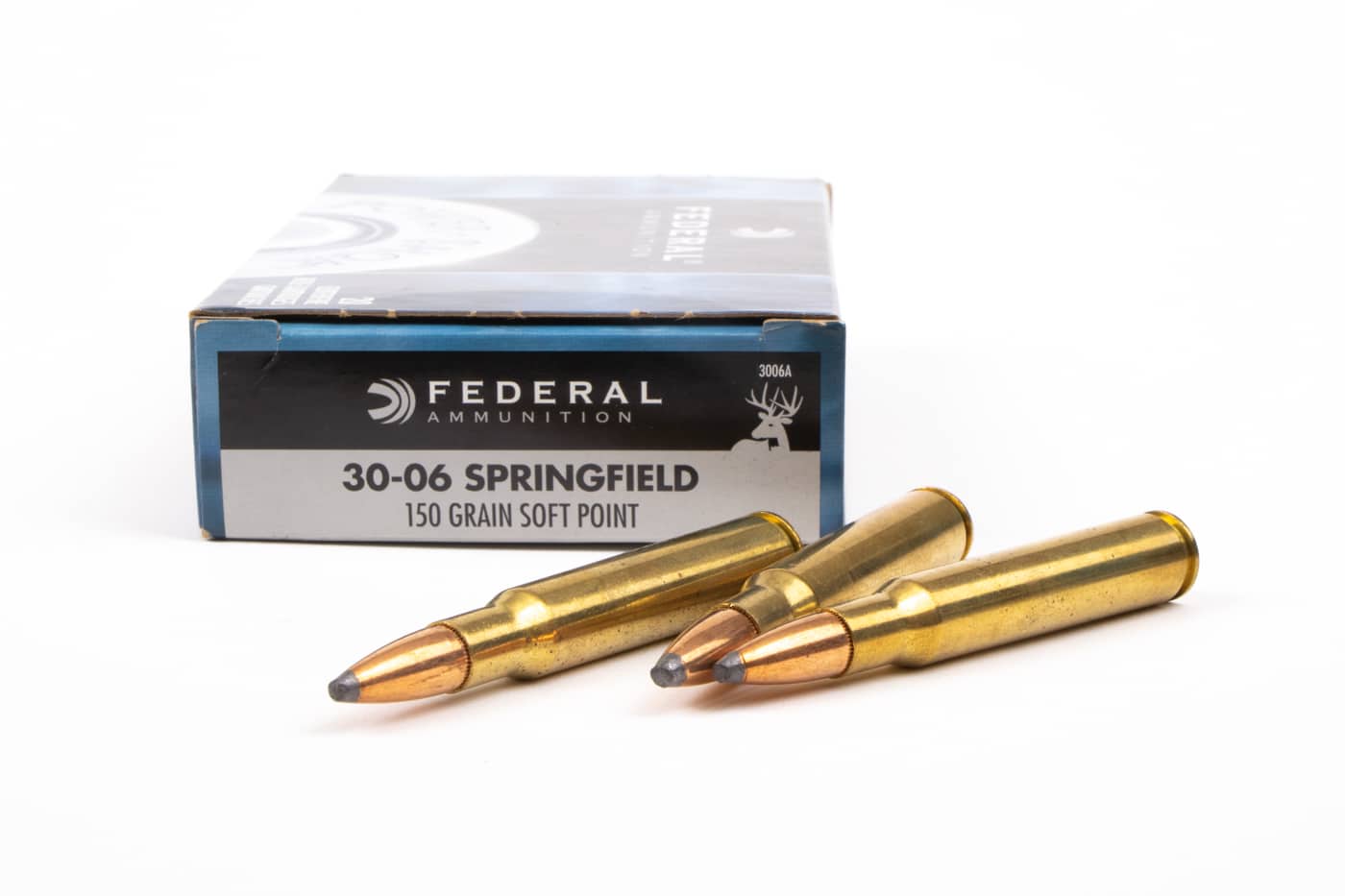
In 1898, the U.S. Military began work on a replacement for mercury fulminate primers, and the Frankford Arsenal created the FA-70 primer using potassium chlorate as the oxidizer for lead thiocyanate. As you have learned, potassium chlorate is plain old salt, and it will absorb moisture from the air, turning your prized possession into a rust bucket over time if not properly cleaned.
Corrosive Choices
Corrosive ammunition uses Berdan primers, which are less expensive to manufacture and are commonly found in military surplus ammunition.
Berdan Primers were named after their inventor, Hiram Berdan, who patented his design in March 1866. Berdan primers are pressed into a primer pocket and rest just below the base of the casing. Inside the pocket is the anvil, with two holes on either side, which allows the ignition from the primer to enter the casing.
A benefit of corrosive ammo is its price. Most military surplus ammo that is Berdan primed is caustic, but cheap.
In general, if you purchased ammunition that is stored in a “spam can”, it’s corrosive. By checking the headstamp on your ammunition, you can determine if you have corrosive ammunition in your possession. Here is a list of common ammo brands with corrosive primers.
In caliber .45 ACP: FA 54, FCC 53, RA 52, TW 53, WCC 52, and WRA 54.
In caliber .30-06 Springfield: FA 56, LC 52, RA 51, SL 52, TW 52, WCC 51, WRA 54, and FN 57.
As you can see from the dates, military ammunition plants phased out production of corrosive ammunition by the late 1950s.
Non-Corrosive Ammo
Boxer primers were patented in October 1866 by Colonel Edward Mounier Boxer of the Royal Arsenal, England. Since these primers do not contain corrosive salts like Berdan primers, they are less likely to cause any damage to your firearms if they are not cleaned immediately.
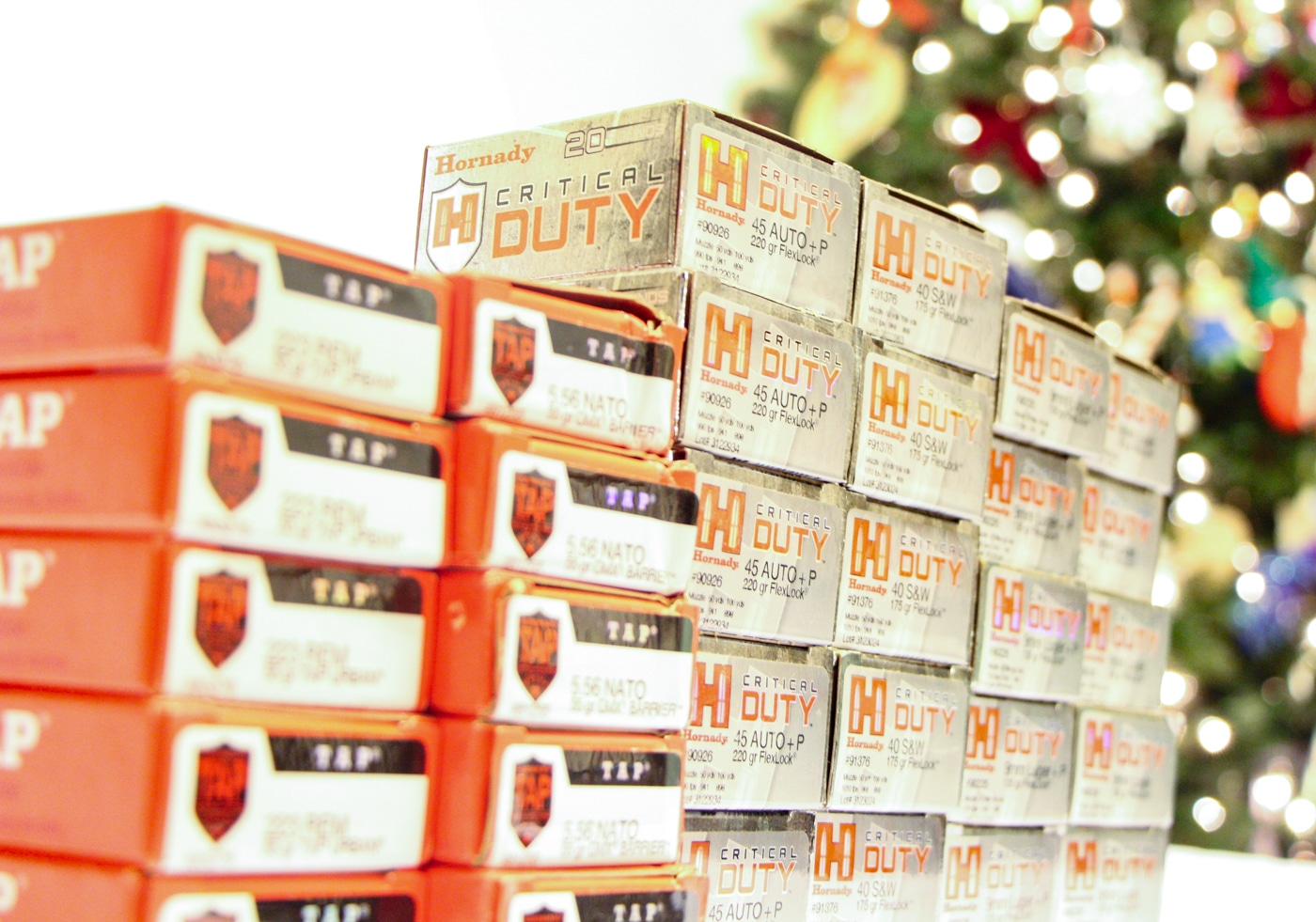
In the 1920s, ammunition manufacturers began producing non-corrosive ammunition to prevent corrosion issues and maintain customer satisfaction.
The significant advantage of non-corrosive ammo is that if you don’t have time to clean your guns immediately after range time, you won’t be shocked to find rust forming on your firearms or pitting in the chamber.
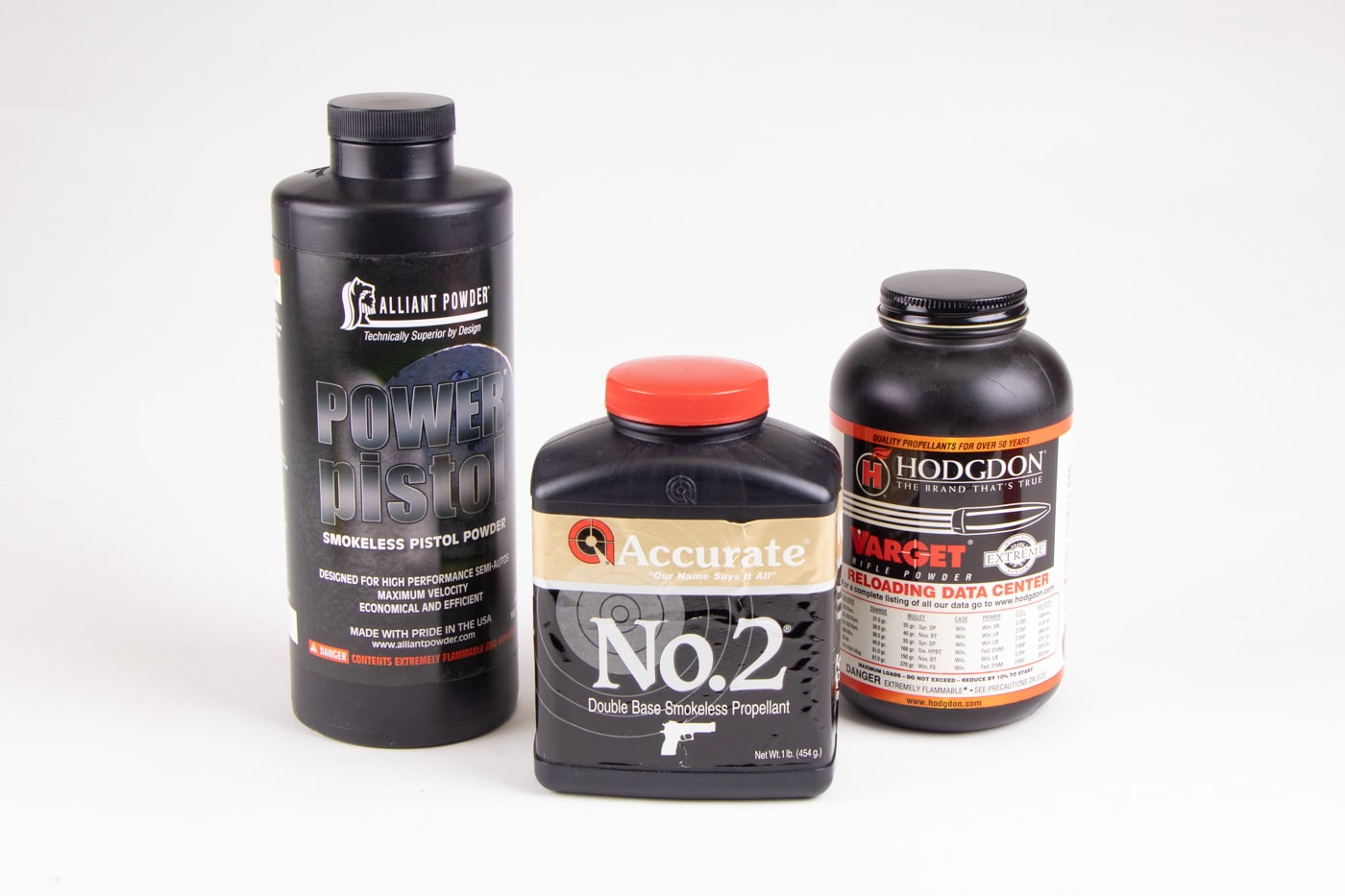
Another benefit of non-corrosive ammo is that it’s reloadable without the hassle of a Berdan primed case. Many shooters reload to save money as well as tweak their ammo to their custom specifications for the type of shooting they’re into.
What If You’ve Shot Corrosive Ammo?
If you’ve shot corrosive ammo through your firearm, fear not. Now comes the fun part … cleaning your firearm.
If you have used corrosive ammo, you should clean your firearm immediately after shooting to prevent any damage like rust or pitting. Ensure that you thoroughly clean all exposed parts, as this corrosion can, over time, affect the reliability and accuracy of your weapon.
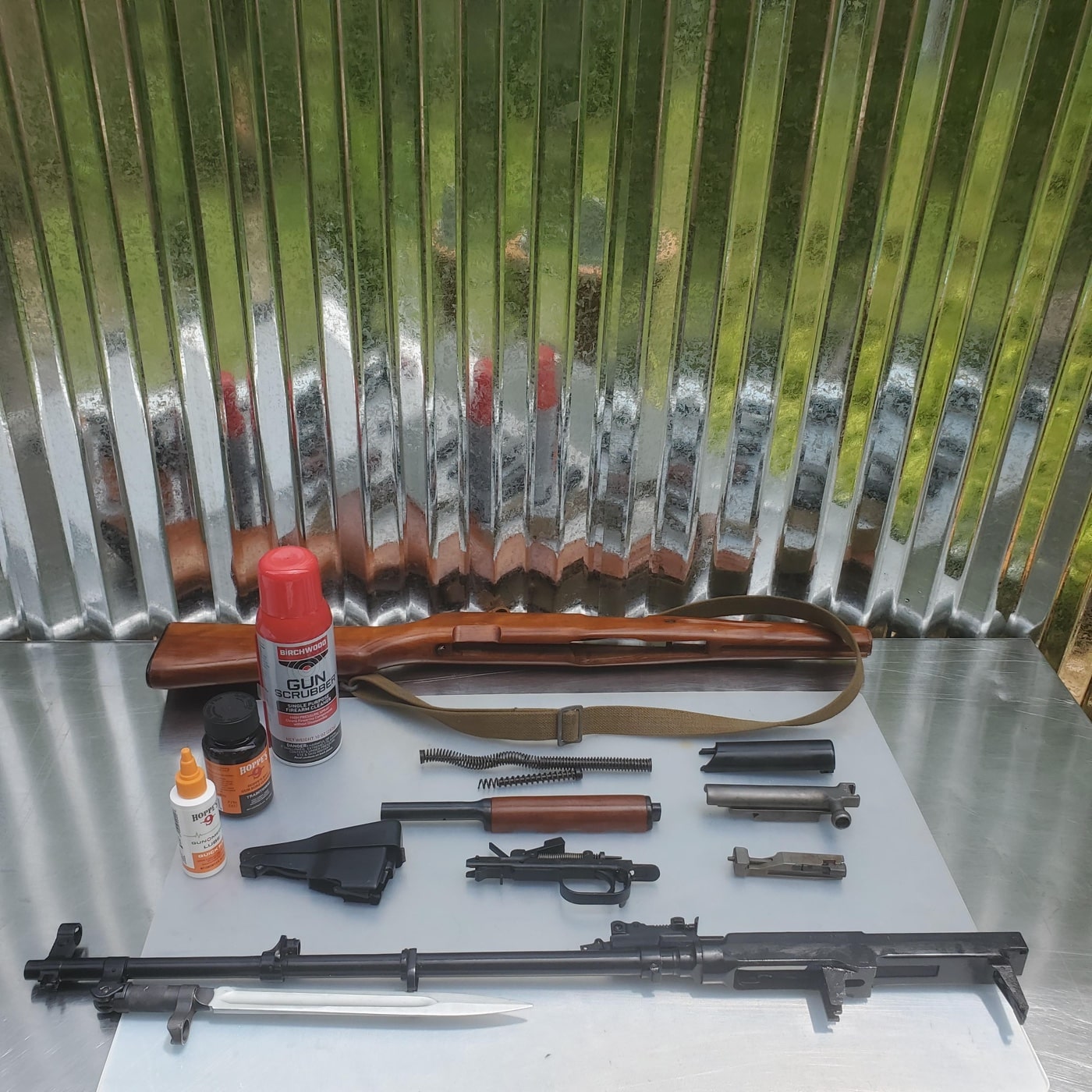
Cleaning Step 1 — Disassembly
Disassemble the firearm so you can access all parts that were exposed to corrosive salts.
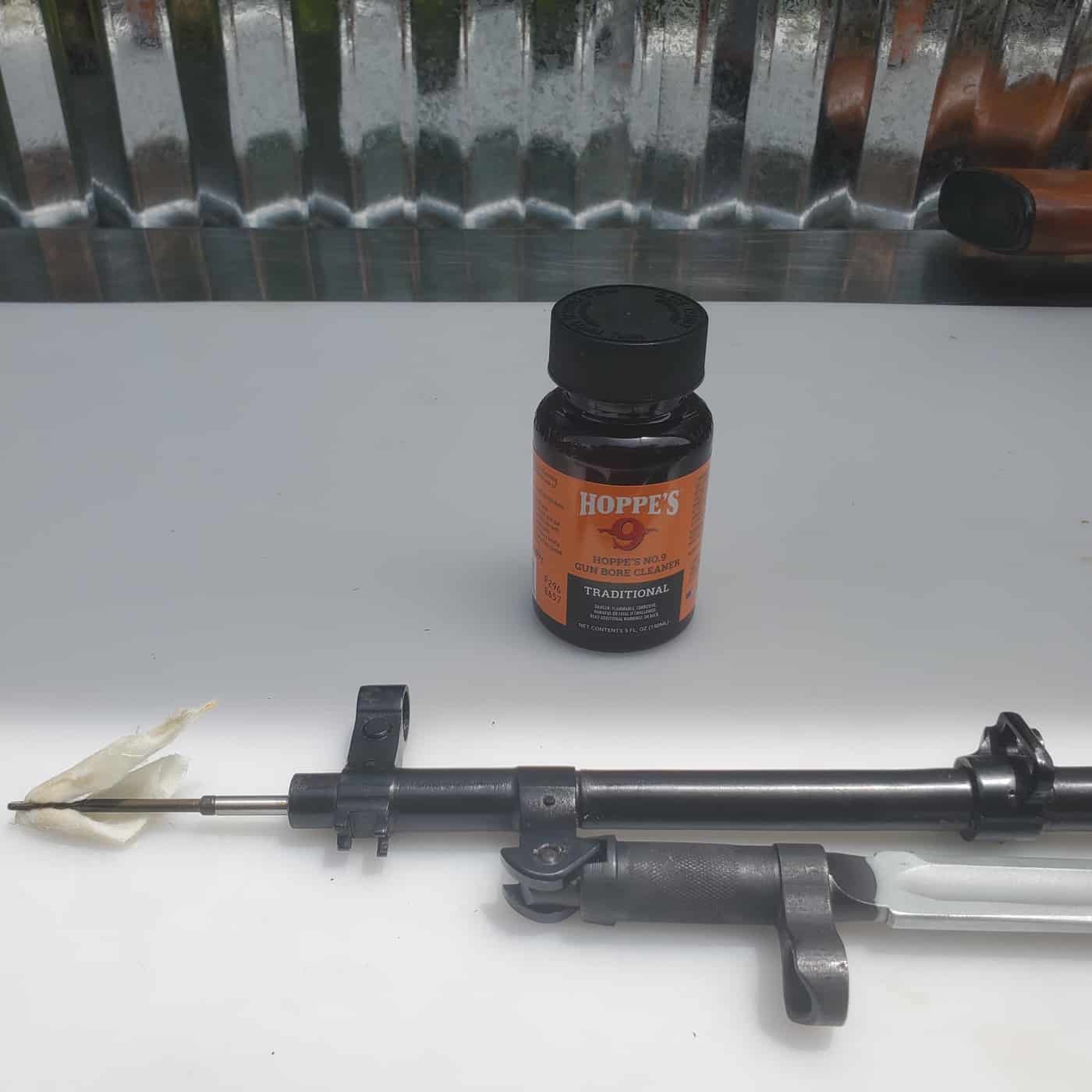
Step 2 — Solvents
Use a high-quality gun cleaning solvent to clean the barrel of any copper or carbon fouling. Salts can be trapped under this fouling, so you need to clean that out first.
Step 3 — Hot Water and Soap
Make a solution of hot water with mild soap or Ballistol and soak the parts that were exposed, such as the barrel, chamber and bolt.
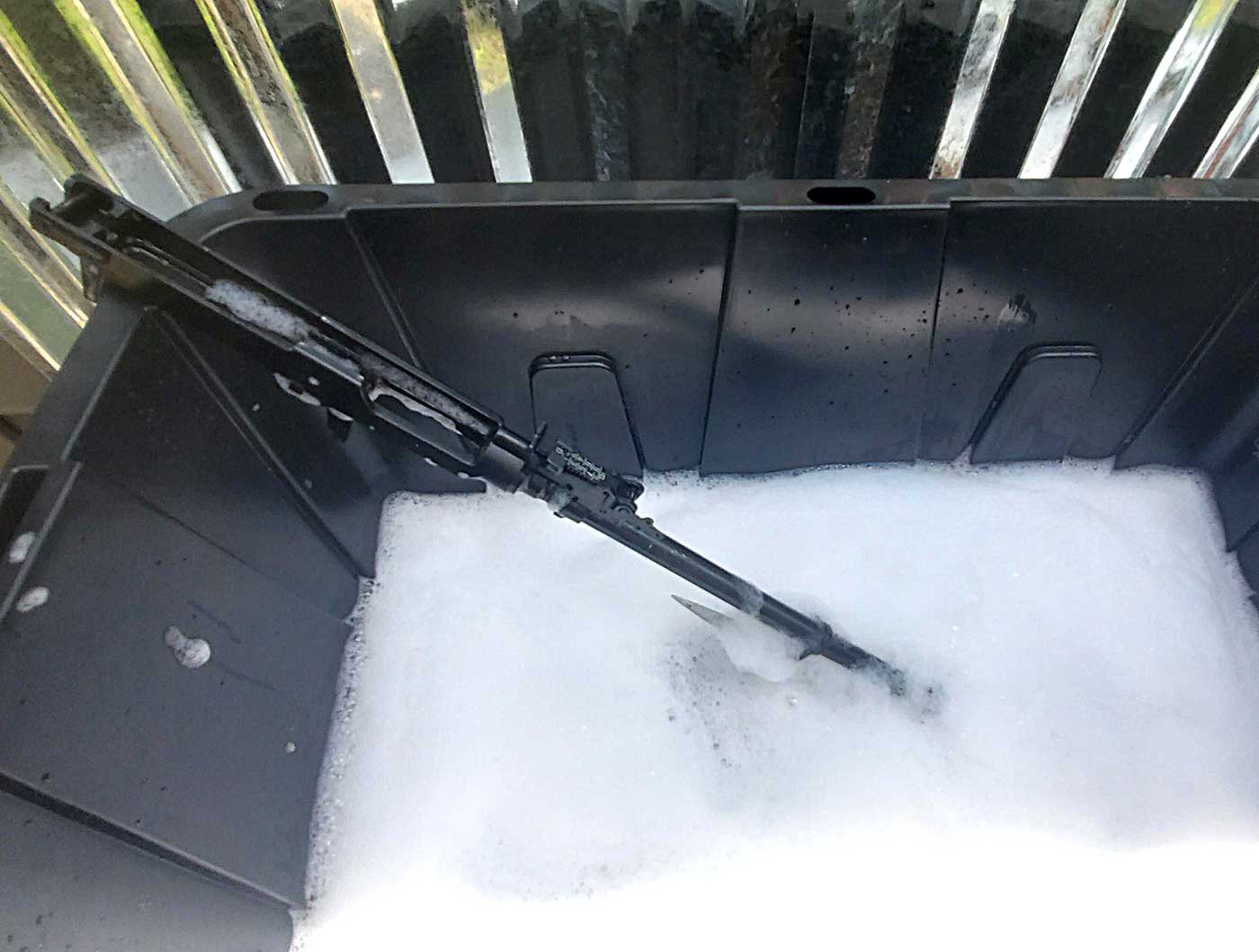
Step 4 — Rinse Well to Remove Remaining Corrosive Salts
After a thorough cleaning, rinse them out with warm water to remove all soap and any remaining salt residue.
Step 5 — Dry and Lubricate
Dry off all parts, clean them as you usually do, and apply your regular lubricant.
Corrosive ammunition is no longer produced; however, a particular brand of 7.62x 39mm ammunition, made in Azerbaijan, is reportedly somewhat corrosive. Today, you’ll generally find corrosive ammo limited to the billions of rounds of old military surplus that’s sealed in spam cans.

The More You Know
Now that you know the difference between corrosive and non-corrosive primers, and how to clean them properly, you’ll see that shooting safely with corrosive primers simply requires a couple of extra steps during cleaning to prevent your investments from damage.
Since corrosive ammunition is usually military surplus, you can purchase it in bulk and save money. Depending on the type of ammo, the price reduction may be worth the extra work of cleaning.
Editor’s Note: Please be sure to check out The Armory Life Forum, where you can comment about our daily articles, as well as just talk guns and gear. Click the “Go To Forum Thread” link below to jump in and discuss this article and much more!


